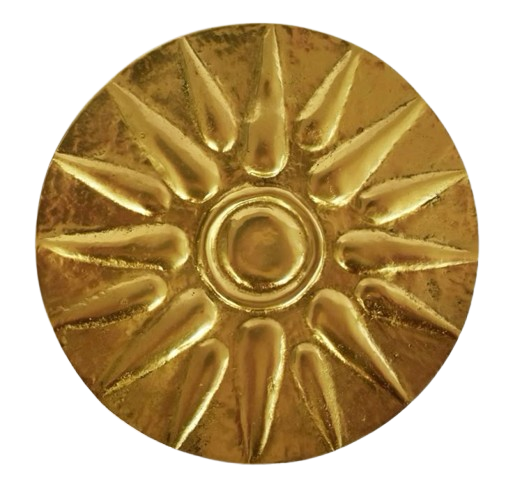research homepage
you have reached a fork in the road.pick your path-- i'll be trying to explain and post about my current project with the PLAGA group at Universidad Adolfo Ibanez (sun), but you can also see a quick explanation of my previous project (spiral) on black hole ringdown/quasinormal modes.

